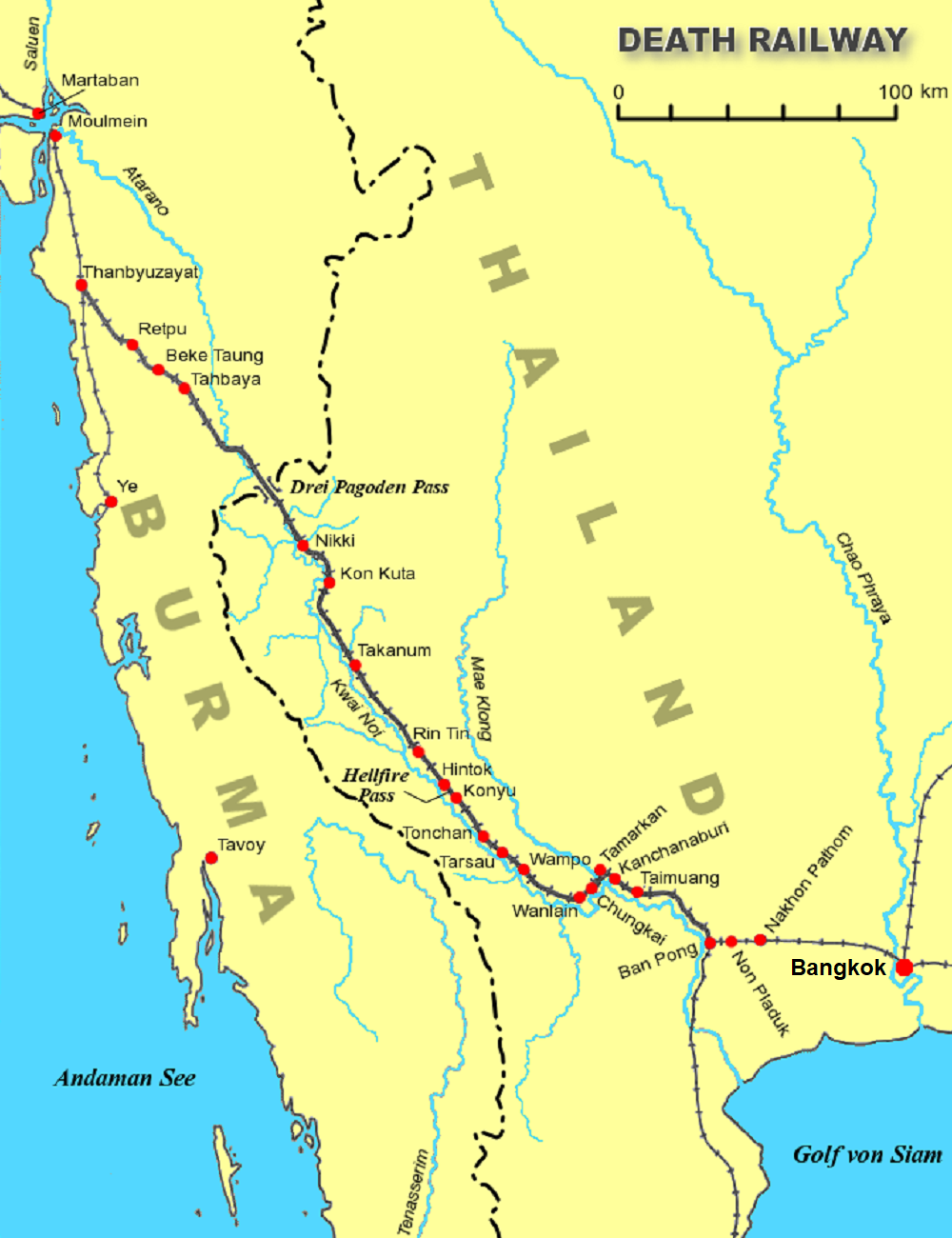Meet the Researchers: Dr Rajesh Rai
October 2, 2014
Dr Rajesh Rai (Assistant Professor in the South Asian Studies Programme and Assistant Director at the Institute of South Asian Studies) recently published Indians in Singapore, 1819-1945 (2014, OUP India). The book, launched on the 26th of September at the National Museum, portrays the rich history of the Indian diaspora from the beginning of Singapore’s British colonial period to the end of the Japanese Occupation. In Part 1 of this interview, Dr Rai discusses some of his key findings, their implications, and parallels to contemporary issues faced by Singapore’s Indian community.

Congratulations, Rajesh, on the publication and launch of Indians in Singapore! Having read the press coverage of the book launch, I am curious if something was left out – noteworthy or surprising findings.
With regards to the Occupation period, the key findings are really outside of the INA (Indian National Army). You see, when you look at the way Singapore’s history has been written about, the Japanese Occupation is a story of suffering and socioeconomic conditions. Somehow, the Indian story has never fit well in this; the Indian story has always been about the INA. It’s as if this community was not part of the suffering of the general population, that the Indians had it okay during the war. They were connected to the Japanese, they had the INA, they had a sense of mission, the Japanese didn’t restrict them, it’s the Chinese who really suffered.

INA parade at the Padang, 5 July 1943
One of the things I tried to do in covering that period was to look at things outside the movement. For example, Indian POWs who don’t join the INA. You see, the Japanese were so concerned the Chinese would sabotage their labor project, they didn’t use them as much for it. The Thai-Burma railway seems to be a story only of Caucasian POWs, which is not true, and Indian labor was heavily used for this.

I really flesh out the details and get more data and depth on the Indian experience of the Occupation in this book. I also look at the alternative organizations for Indian welfare and how they challenge the dominance of the IIL (Indian Independence League).
In the first two sections of the book, one area that I really feel I’ve made a contribution to is what happens in 1857. It’s an important year: in India, a massive rebellion is being held, and this book really shows how European perceptions of Indians change in that period. I argue that there are repercussions – not just short term in affecting the movement of Indians here and leading to the closure of the prison, but long term political effects on Singapore. I actually view it as the point after which the Straits Settlement moves towards not wanting to be part of British India. It is effectively the point at which processes are put in place that finally lead to the Straits Settlements ceasing to be part of British India. This has real implications on Singapore’s political history.
Other contributions of the book are more complex. It’s about transformations in the Indian community, and as we now move to the second half of the 19th century, about changes that happen as a result of new migrants coming in.

What is remarkable is really how so many of the issues that exist today, in terms of migration, new migrants coming, have occurred at so many times in Singapore’s history. It’s about people saying, ‘Why are we not turning to the sons of the soil? Why are we taking these Ceylonese and Madrasis that we are bringing in as officials or lower ranked positions within the colonial government?’ So it’s partly as the new layer comes to be forged, you also find that as early as 1886 you also have those type of views that parallel some of the popular views and the kind of angst that this migration brings about in the local population here in ’13, ’14. What’s so interesting is that how the patterns that existed in empire are in some ways not so different from this age of accelerated globalization and the neoliberal move, and so on – they resonate.
The book also highlights how connected the port city environment is to global currents, the heterogeneity of South Asian groups, and the changes in information communication technology – whether it be telegraph, or steamships, or arrival of newspapers – and how people here are connected to currents in India and beyond, even to the Arab world, for example. And how this informs their identity.
Part 2 of the interview is available here.
